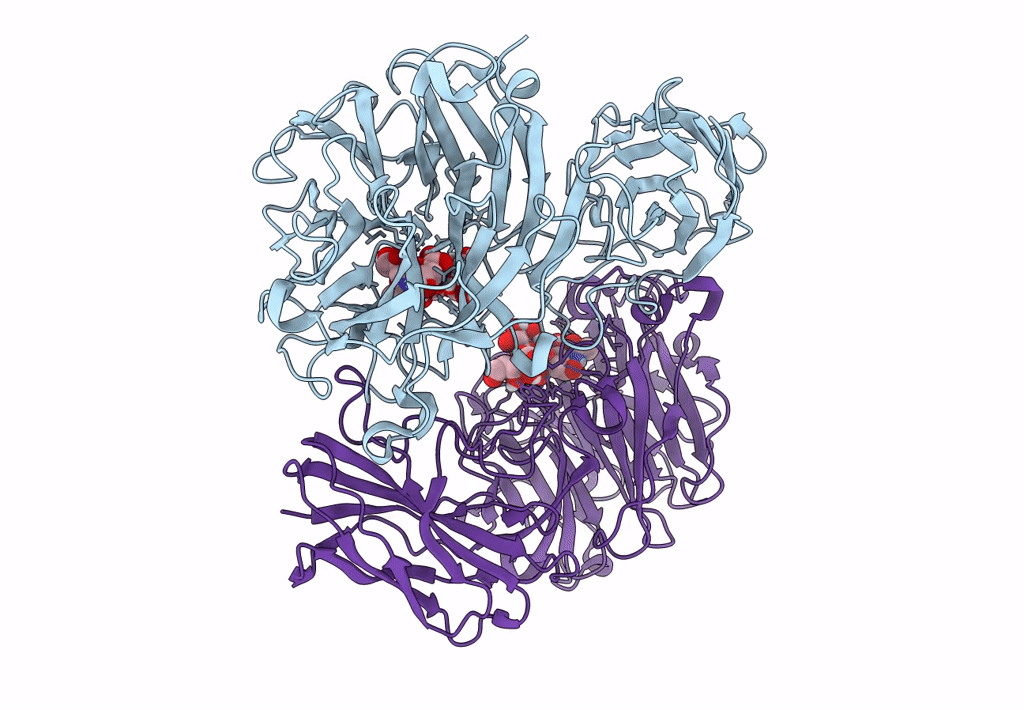
Deposition Date
2022-01-26
Release Date
2022-12-07
Last Version Date
2024-01-31
Entry Detail
Biological Source:
Source Organism:
Tannerella forsythia (Taxon ID: 28112)
Host Organism:
Method Details:
Experimental Method:
Resolution:
1.90 Å
R-Value Free:
0.29
R-Value Work:
0.25
Space Group:
P 41 21 2


